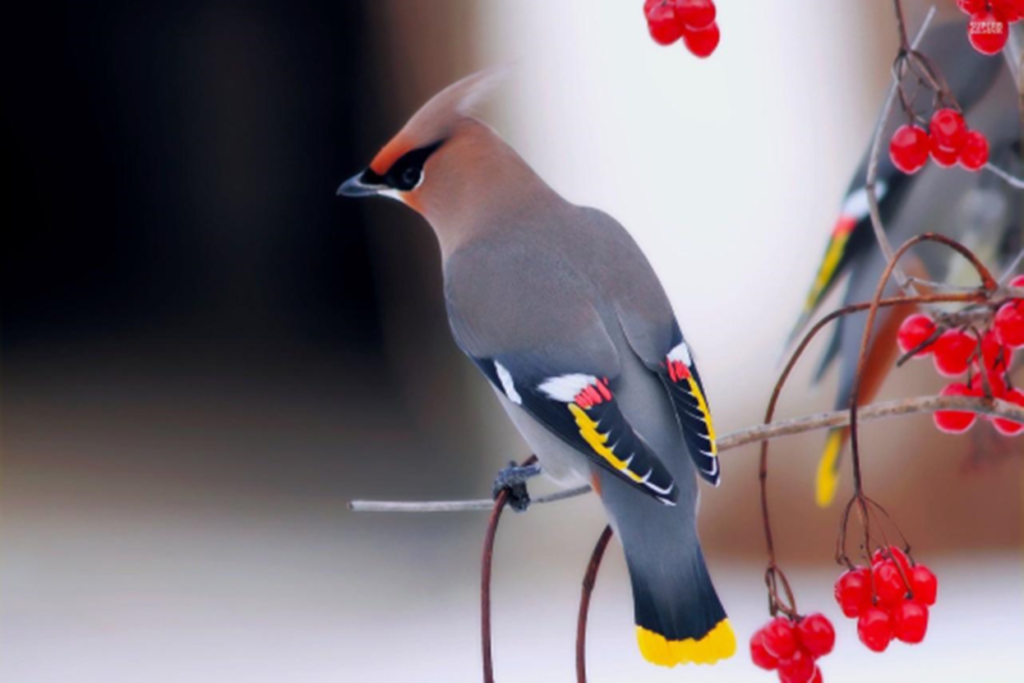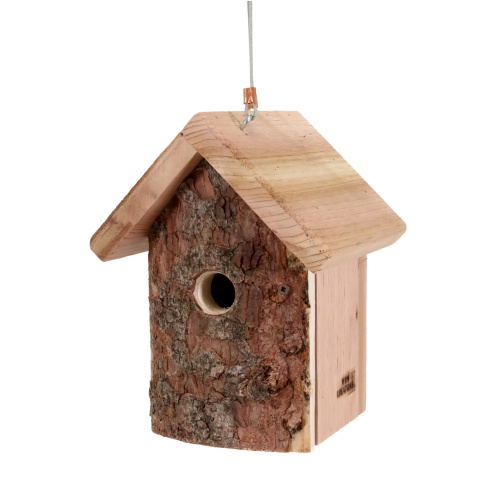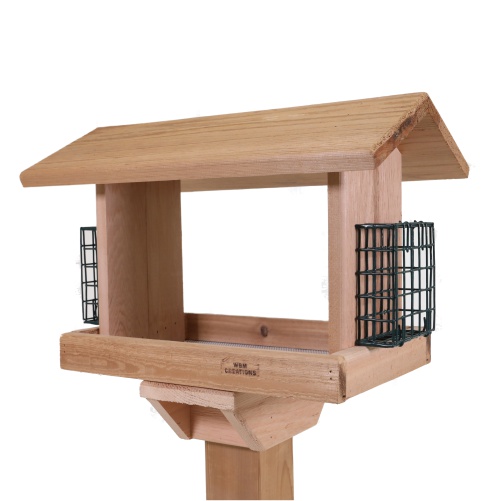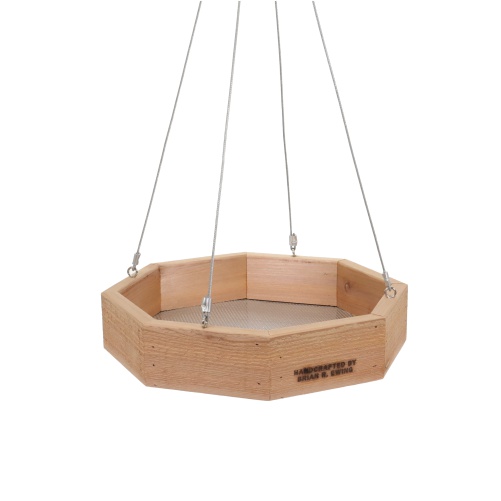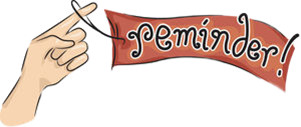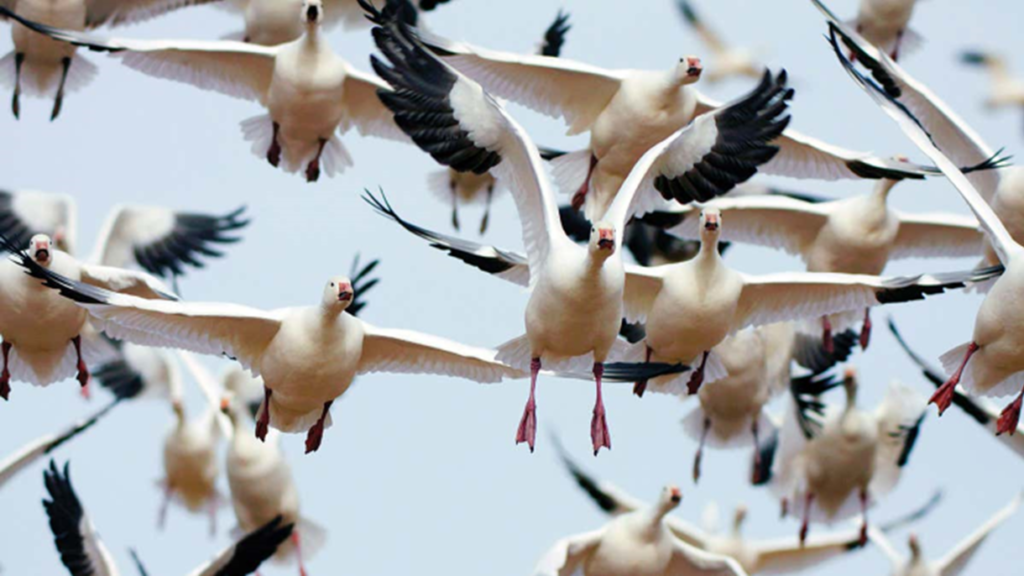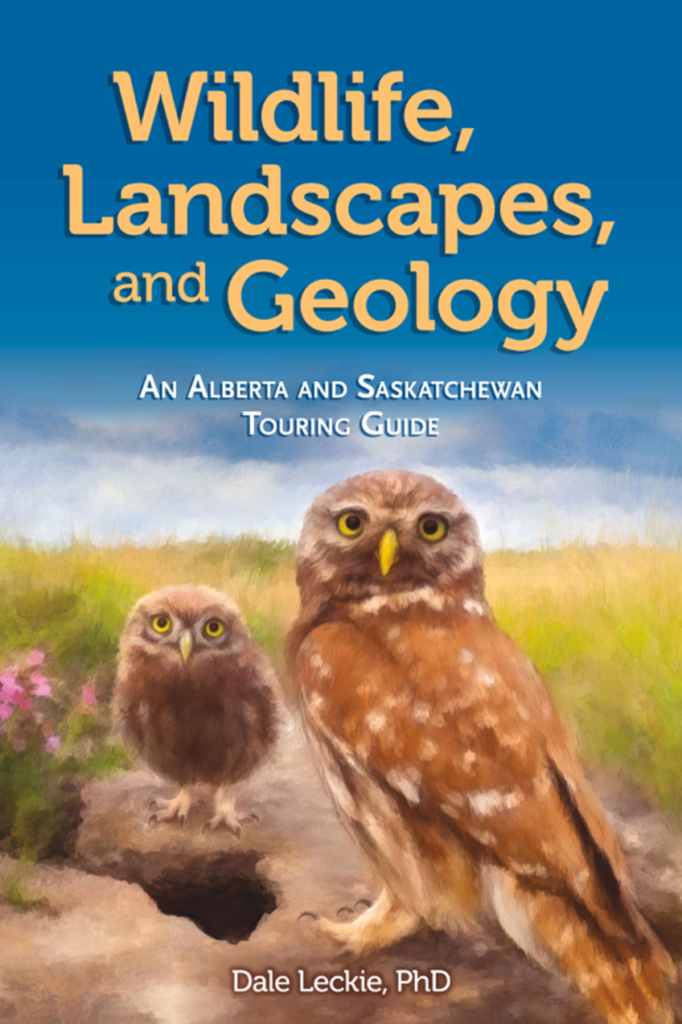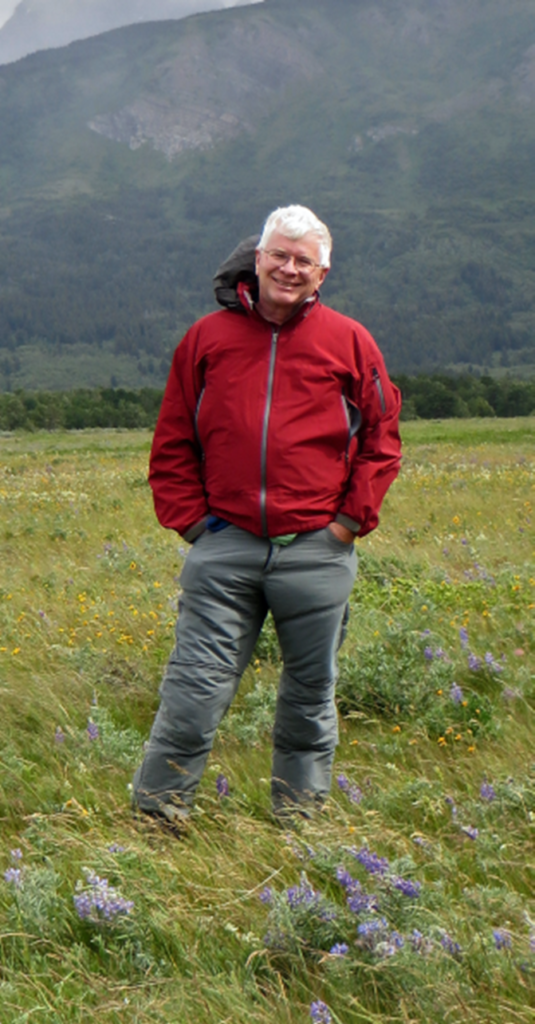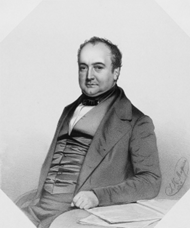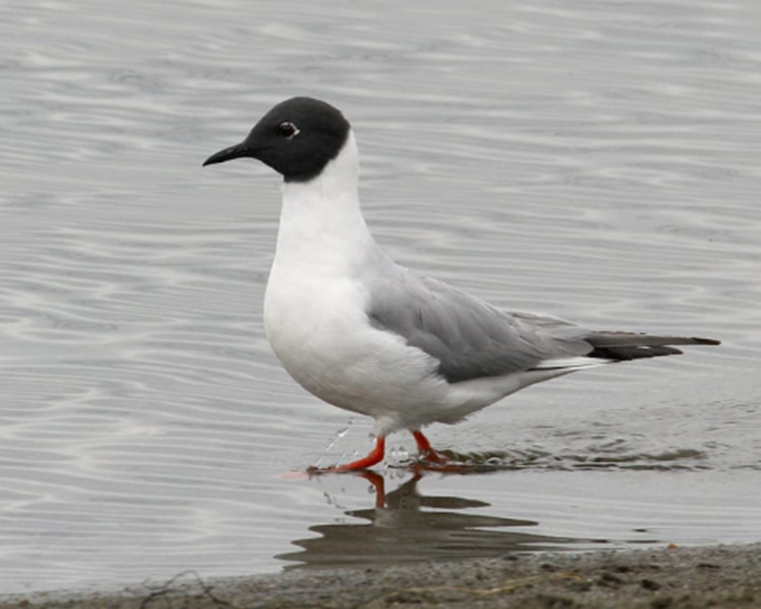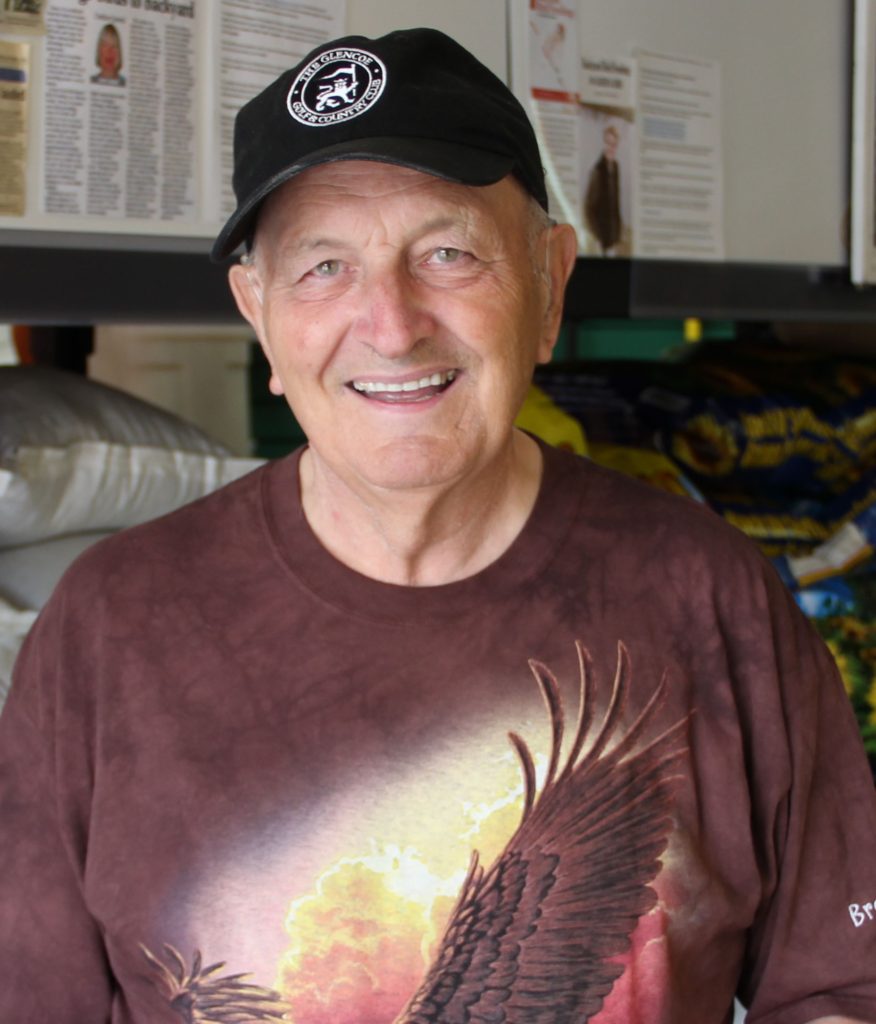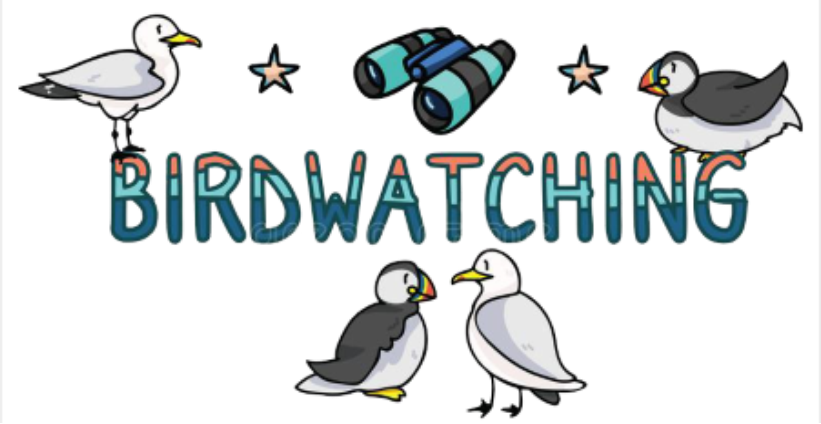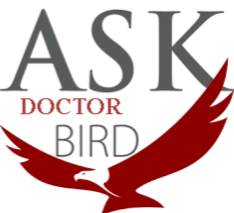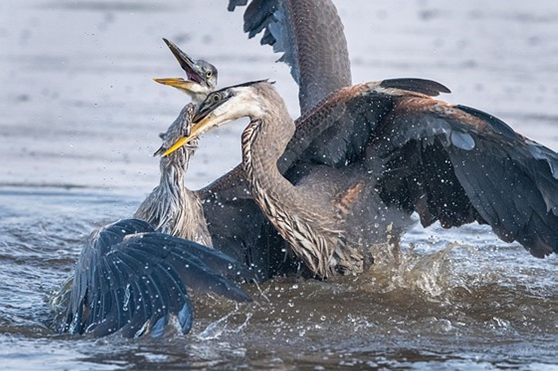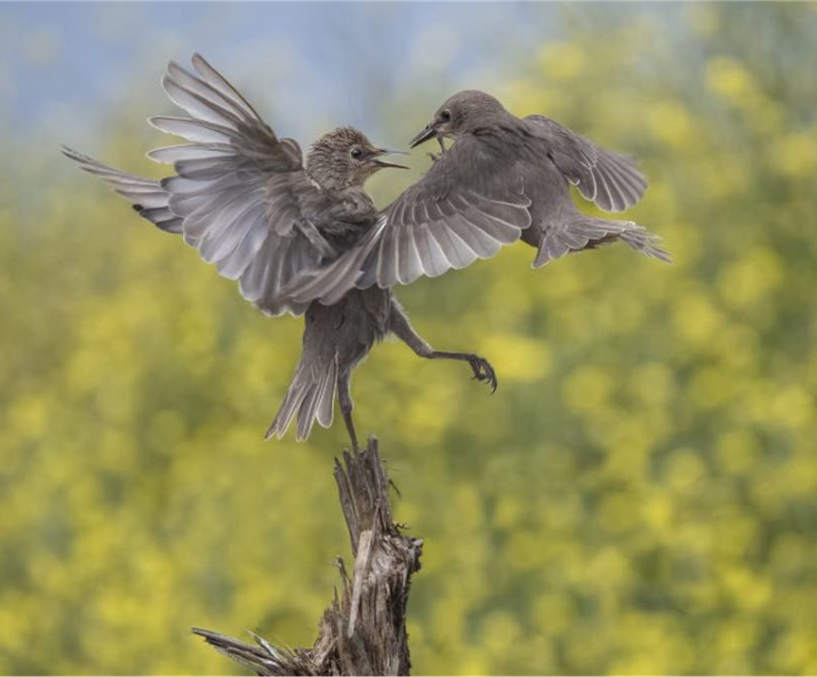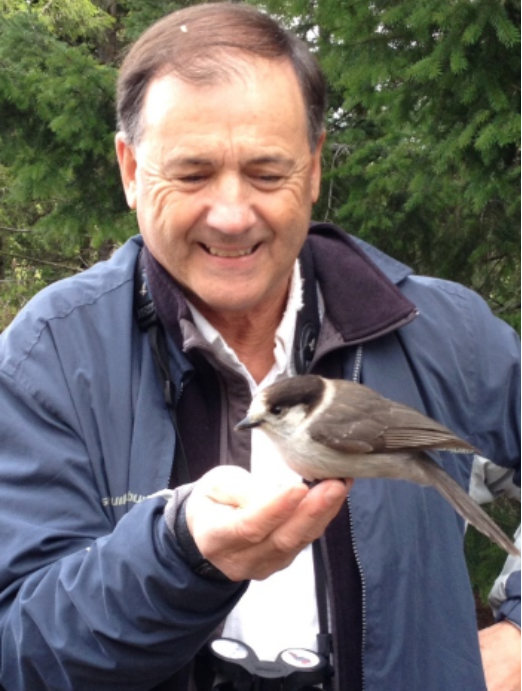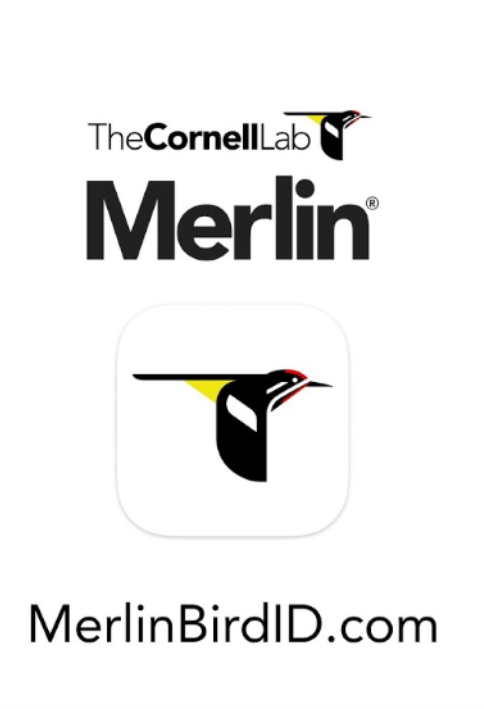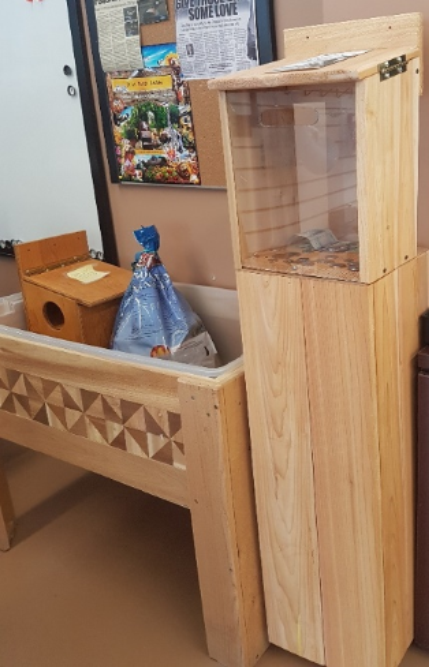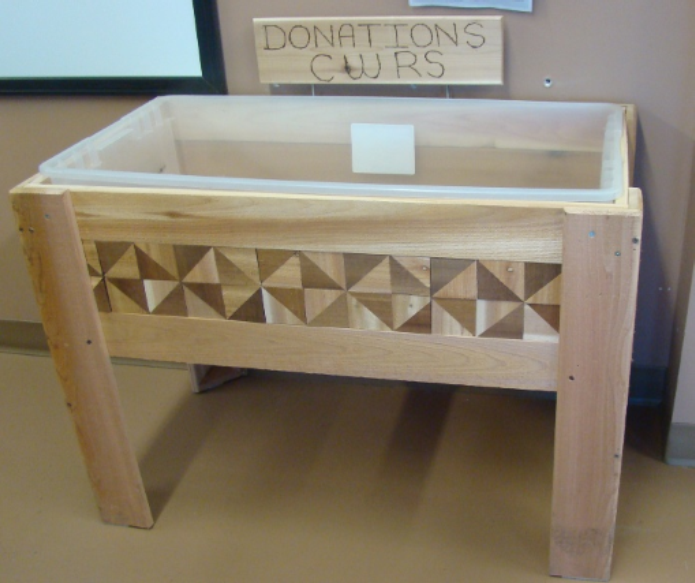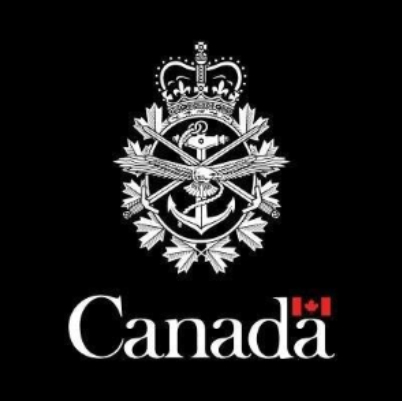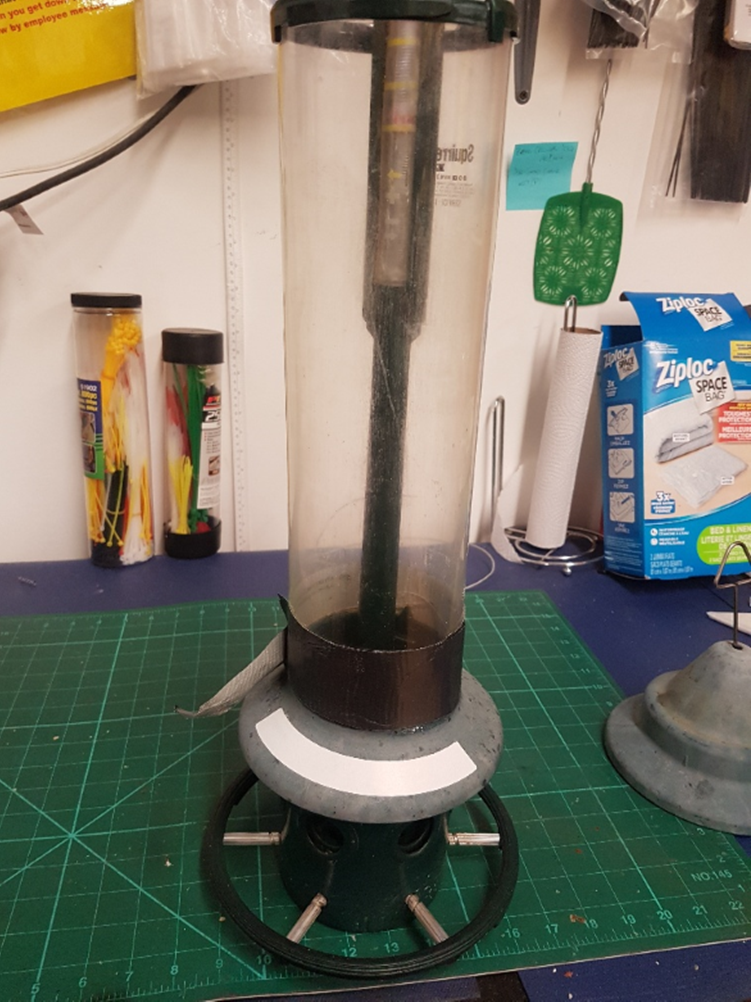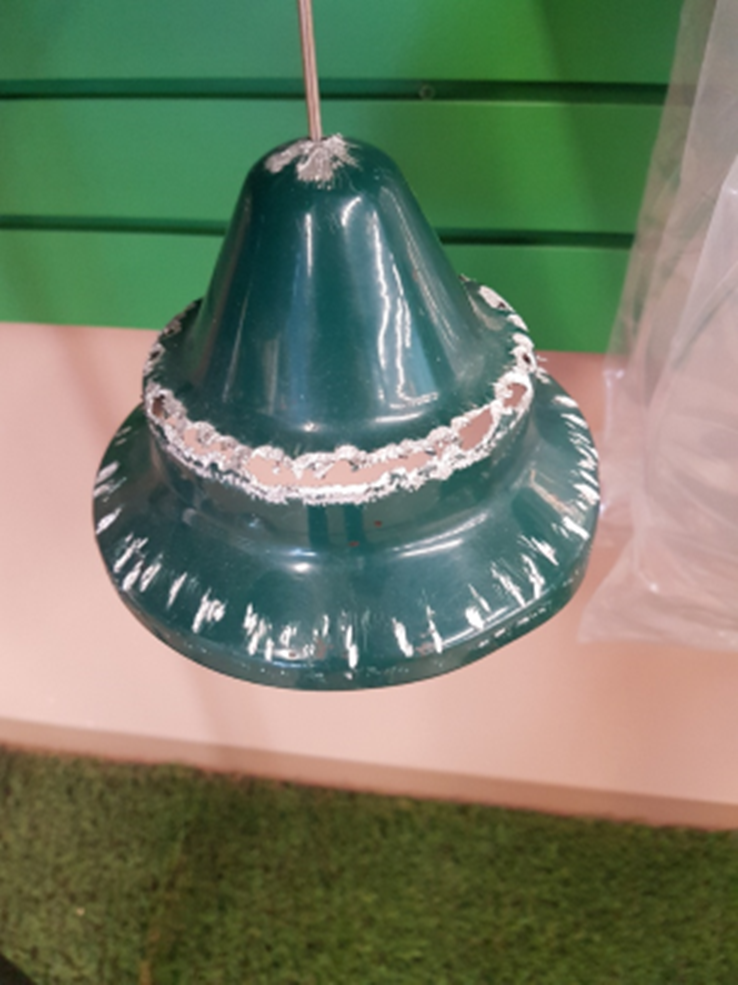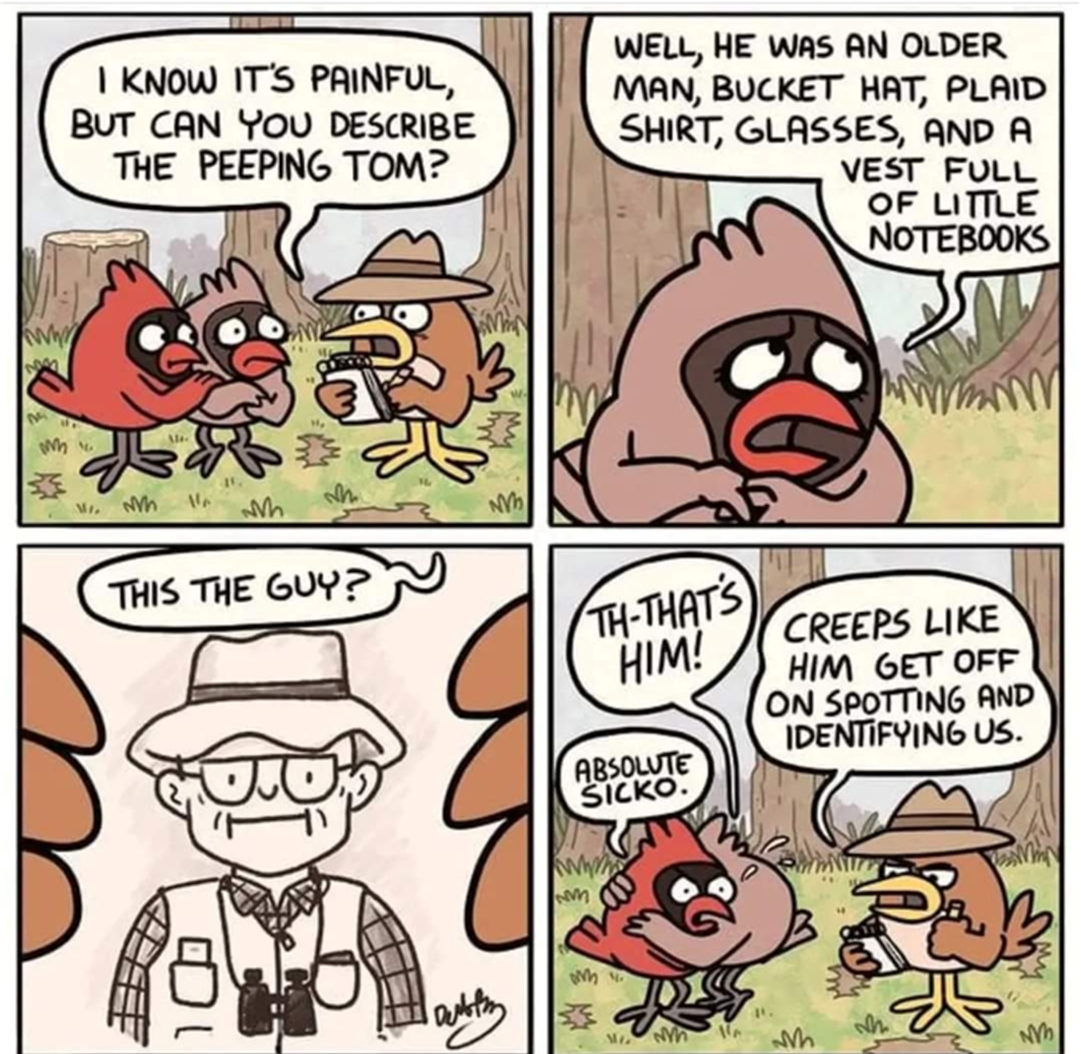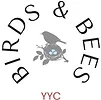LINK TO PDF NEWSLETTER DOWNLOAD

IN HONOR OF MALCOLM (Mac) BROWN WE WILL BE CLOSED THURSDAY SEPTEMBER 5th FOR HIS CELEBRATION OF LIFE.
September 2024
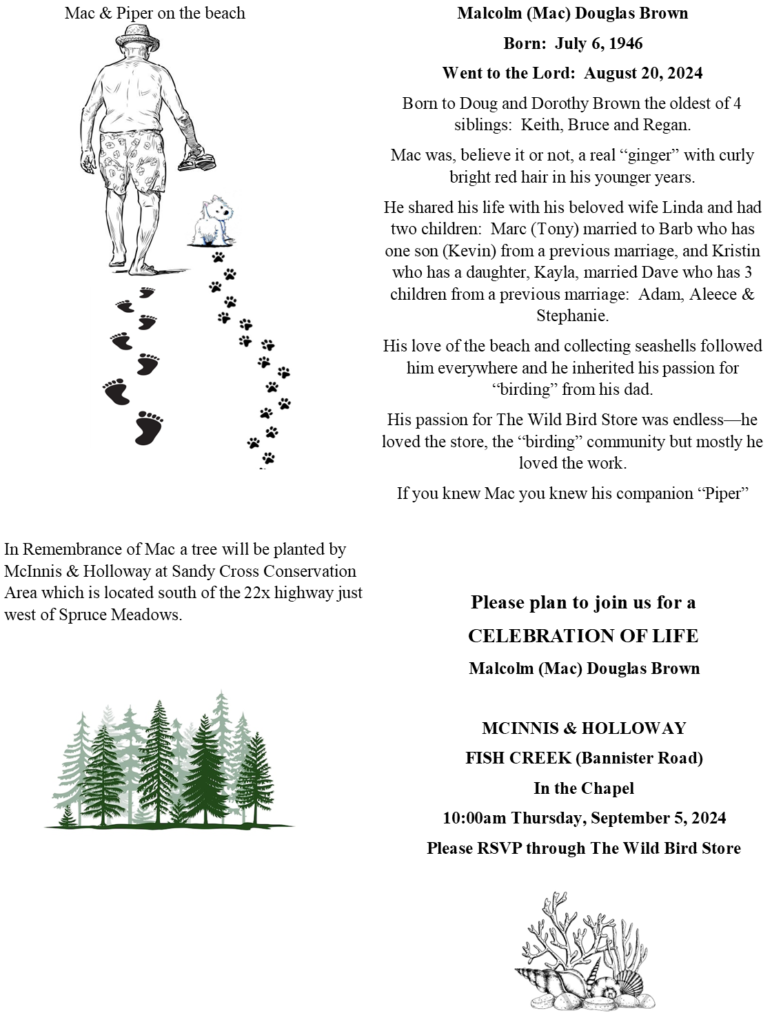

In winter, the northern Bohemian waxwing mainly feeds on berries, preferably rowan berries. These magnificent birds can consume twice their own bodyweight. After a cycle of frosts and thaws, the berries begin to ferment producing ethanol. The waxwing’s favourite food regularly gets it drunk in the truest sense of the word. Usually, these songbirds cope well with this—thanks to their liver, which compared to their body, is enormous—the largest in the kingdom of birds.
This helps the birds to convert fructose into energy. However, just like people, some individuals overdo their consumption of fermented grapes. This can prove fatal for the birds. The alcohol affects the behaviour and flightworthiness of the befuddled waxwings.
Bohemian waxwings are only rarely seen in central Europe, but when they are they are mostly in large flocks. These birds, found from Scandinavia to Russia, Alaska and Canada are considered to be invasive birds; it is only in severe winter weather that they leave their northern homelands to travel south. The origin of their name is also interesting: waxwing describes the stripe or droplet shaped ends of some secondary flight feathers that look as though they have red wax dropped on them. And in olden times, the Bohemians were thought to be a people prone to prowling around in brightly coloured costumes.
For the better part of two thousand years, the waxwing was credited with an amazing power. It was believed in all earnestness that these gentle, crested fruit-eaters glowed in the dark. It was reported that their feathers were said to “shine like flames” in the dark forests of central Europe. The Latin scholar Solinus went further: not only did waxwings throw off a warm glow, he said, the Germans used captive birds to light their way when they were obliged to travel by night.
But at the end of the sixteenth century, the great Italian bird man Ulysses Aldrovandi was skeptical. In his twelve-volume encyclopedia of ornithology, Aldrovandi admits that the waxy red tips on the bird’s wing feathers are beautiful, but he dismisses the notion that they give off any kind of light.
How could he be so sure? “For nearly three months, I kept the bird alive in my house and observed it through the night.” He goes on to note the bird stubbornly failed to emit flames or light of any kind.
Today, no one thinks that waxwings glow in the dark. But that doesn’t stop these winter nomads from brightening the birdwatcher’s day.
SATURDAY SEPTEMBER 28, 2024 10:00 AM to 5:00 PM
Cupcakes and Squares from Brown Sugar Bakery in Okotoks.
Coffee Tea and water will also be available.
Door Prizes, Vendor donations
WINGS OF CHANGE – Part THREE: MONITERING MIGRATION
What the birds are telling us about climate change
Story by: Kurt Kleiner Western Alumni Magazine Spring 2024
On the roof of the Western Interdisciplinary Research building, a huge, motorized satellite dish antenna peers up into the sky: by the end of next year it should begin to receive signals from Western Skylark, a small satellite Western students are currently building under the supervision of engineering professor Jayshri Sabarinathan.
When the satellite starts operating, it will collect information on bird movements from an existing network of ground based radio towers and relay the information to researchers at the Western Institute for Earth & Space Exploration. “It’s going to help us get access to the data more quickly than we can from remote areas that are difficult to access,” says Yolanda Morbey, Western biology professor and co-investigator on the project.
The existing network is called the Motus Wildlife Tracking System. The network (which includes Western) consists of more than 2,000 towers in 34 countries around the world. They receive signals from tiny radio transistors that have been attached to thousands of birds, as well as bats and insects.
“If we can understand bird behavior and physiology the and their responses to the environment, we’ll be better able to predict what m places ight happen under climate change or other habitat change, and identify places where some mitigation is required,” Morbey says.
When a tagged bird nears a tower within 15 km, the antenna records its signal, which is then uploaded to the network through internet cell phone connection. However, in remote areas without such connectivity, someone has to go to those towers and download the information manually.
“When you are talking about visiting a station that might be way, way up north or on an island somewhere, that can be quite a logistical challenge,” says Andrew Beauchamp, a PhD student working on the project.
Western Skylark will help solve that problem. Some of the remote towers will be fitted with transmitters that can send data up to the satellite, which will relay it to the satellite dis at Western. The satellite is being built as part of the CUBICS program funded by the Canadian Space Agency, intended to give students hands-on stand up to the vacuum, to experience in space systems engineering while supporting science missions.At the moment, the satellite, known as CubeSat, is a modest 30-centimetre-long rectangular frame with a 10×10-centimetre base that students will need to pack with radio transmitters and receivers , solar cells and other components that will let it perform its mission. “If you want something to survive in space, you have to make sure you build it so it can stand up tp vacuum, , temperature changes, and to Research, the radiation environment,” says Sabarinathan.
Back at the Advanced facility for Avian Research, scientists will continue to study birds not only for the sake of the birds, but for the sake of climate as well.
“Birds are the most visible indicators of biodiversity and environmental quality. The timing and patterns of their movements are changing along with the climate,” says Guglielmo. “We need to understand how changing temperature, humidity and wind conditions in the atmosphere , and habitat shifts on the ground, are going to affect their migrations so we can plan for how to maintain healthy ecosystems in the future.”
Watch for the final Installment of Wings of Change – “Navigating Western’s Campus”
In The Wild Bird Store Birding News October 2024 Edition
Wildlife (mostly birds), Landscapes, and Geology: Exploring Connections
If you want to view wildlife in spectacular landscapes, it helps to know a bit about the local geology. From rugged mountains, to the rain shadow of the prairies, to deeply entrenched rivers, and glaciated terrain, geology strongly impacts wildlife habitat.
Golden eagles soaring mountain peaks, Harlequin ducks feeding in the “kickpoint” of a river, and Burrowing owls on glaciated plains in the rain shadow of the Rockies are some of the birds Dale will discuss. Dale will also explore how geology influences the distribution of mountain goats, bighorn sheep, pikas, greater short-horned lizards, and pronghorn antelope. Join Dale for an informative and engaging event to investigate the close relationship between wildlife, landscape and geology.
Wednesday October 16, 2024
2:00pm and 6:00pm
Price per ticket: $20.00 + GST Choose ticket button below.
The common name of the Bonaparte’s gull honours Charles Lucien Bonaparte, a cousin of Napoleon Bonaparte who made important contributions to American ornithology while an active member of the Academy of Natural Sciences of Philadelphia during the 1820s.

All participants on any bird walk must have purchased a ticket through our website – www.wildbirdstore.ca and present the ticket to Jim prior to the bird walk. The weather plays a big part in bird walks and Jim reminds participants to dress anticipating weather changes and to carry water to keep hydrated.
Saturday, Sept 14, 2024 Inglewood Bird Sanctuary
9:00am Meet in the Inglewood parking lot, west side of the sanctuary. Please dress for weather changes and bring water.
Saturday, Sept 28, 2024 Bebo Grove
9:00am at the Bebo Grove parking lot. Please dress for weather changes and bring water !
Saturday, October 12, 2024 Carburn Park
9:00am Meet in Carburn Park parking lot. Please dress for weather changes and bring water !
Saturday, October 26, 2024 Eagle Watch Day Trip
9:00am Leaving from Wild Bird Store rear parking lot. Bring a Lunch!
NOTE: All vehicles require Kananaskis day or year pass. We can stop at visitor Center at park entrance to purchase one if needed. It is a per vehicle pass so carpoolers can share in cost of day pass if driver doesn’t have a valid year pass.
( I have a year pass so any passengers (3) I have are free.)

We offer a discount if you return your 20 LB or 40 LB seed bags so that we can re-use them (sorry—not the Mother Nature bags which we cannot re-use), suet ball containers, or if you bring your own container or bag to fill . This discount is in addition to any other discount offered.
Question:
I saw two grackles engaged in what seemed like a death struggle near my bird feeder. Is this a common behavior, is it harmful, and why do they do it?
Response:
Real knock-down drag out fights among birds certainly do occur fairly frequently in the bird world. It is most commonly seen between birds fighting over a resource like a territory. And it can certainly lead to death. For example, I have learned accounts of Peregrine falcons using their talons to tear out the throats of other members of their own species in attempts to take over a nesting territory in a city. But those are to be expected among birds which are armed with sharp hooked beaks and strong toes equipped with razor sharp talons. But as you witnessed yourself, songbirds are not timid about getting into tooth and nail either. I will never forget a pair of superb starlings wrapped up in a vicious fight on the grass to the point where they did not even care that there were humans standing only a few feet away. It went on for at least five full minutes. Even when I broke them apart, they sought each other out and continued with their vicious brawling. A songbird usually employs its beak to grab on to the other bird’s feathers and even grasping them with its feet. Every morning in Baja, I throw out chicken scratch and end up attracting in about thirty White-winged doves. But these ill-mannered and somewhat selfish birds seem to spend more time aggressively flicking their wings at each other than actually feeding on the plentiful seed. And that is likely what you were seeing in your two grackles…they were fighting over access to the feeder. Such birds do eventually break up their fight when one dominates the other.
David M. Bird, Ph.D., Emeritus Professor of Wildlife Biology, McGill University www.askprofessorbird.com

David M. Bird is Emeritus Professor of Wildlife Biology and the former Director of the Avian Science and Conservation Centre at McGill University. As a past-president of the Society of Canadian Ornithologists, a former board member with Birds Canada, a Fellow of both the American Ornithological Society and the International Ornithological Union, he has received several awards for his conservation and public education efforts. Dr. Bird is a regular columnist on birds for Bird Watcher’s Digest and Canadian Wildlife magazines and is the author of several books and over 200 peer-reviewed scientific publications. He is the consultant editor for multiple editions of DK Canada’s Birds of Canada, Birds of Eastern Canada, Birds of Western Canada, and Pocket Birds of Canada. To know more about him, visit www.askprofessorbird.com or email david.bird@mcgill.ca.
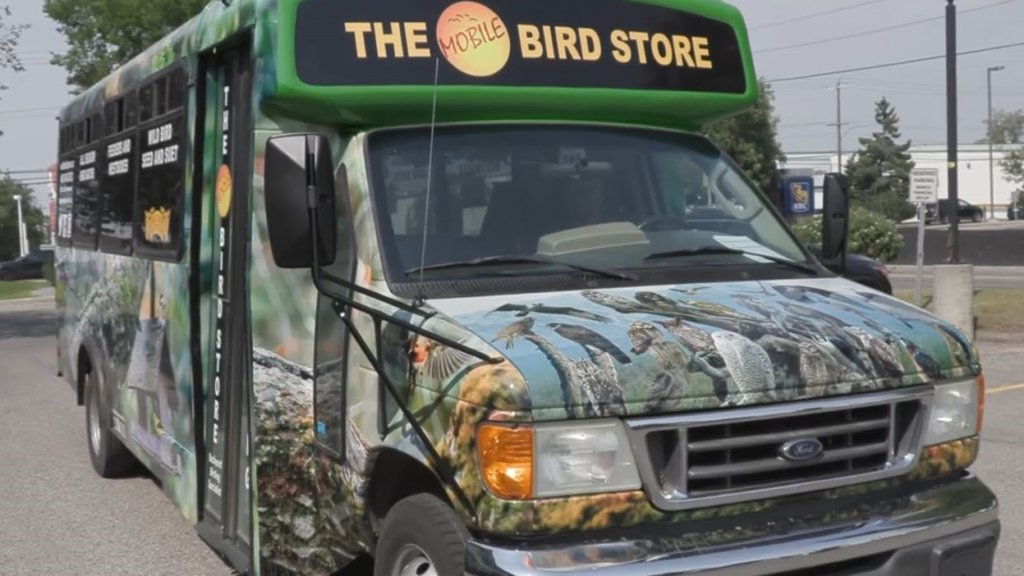

Wildwood Community Centre (4411 Spruce Drive SW): Every Tuesday 3:00pm to 6:00pm
Crowfoot Arena (corner of John Laurie & Nosehill Drive NW: Every Wednesday 2:00pm to 5:30pm
Please place orders by 12:00 noon the day before the truck is on location
Text us @ (403)701-4571 OR email us at orders@wildbirdstore.ca
Earn and redeem customer loyalty points on the Mobile Seed Truck

DELIVERY: Deliveries will still be made on Thursdays ONLY. Please phone the store at (403) 640-2632 any day prior to 12:00 noon on the Wednesday before your delivery; place and pay for your delivery. Please phone with your order as early as possible to avoid disappointment. If you have any special instructions please do not forget to inform us when you place your order.
PLEASE NOTE: WE HAVE GONE TO EVERY TWO WEEK DELIVERY. September 12 and 26
THE DELIVERY CHARGE WILL BE $10
MINIMUM ORDER FOR DELIVERY $25.
Do you need help attracting birds to your backyard?
Do you want advise on designing a backyard habitat for your feathered/winged friends?
Do you have a problem in your backyard we can help solve?
The Wild Bird Store in partnership with Andrew Barnes, now providing at home wild bird consulting service.
Specializing in helping you and your property become Wild Bird friendly for maximum results.
Services offered will include:
Bird feeder(s) recommendations for species focus and seed types
· Type(s) of seed and for which species it will be best suited
· Preferred location for maximum results
· Bird feeder accessories
· Hummingbird feeders and accessories
Nesting
· Nest box selection for native species—including all cavity nesting and platform species for Alberta
· Preferred location for nest boxes
· Maintenance tips
· Advice on how to deter invasive species (House sparrows and European starlings)
Watering needs
· Bird baths
· Heaters and heated baths
· Accessories including drippers and bubblers
· Location dos and don’ts
· Maintenance tips
Bat Houses/Chambers
· Location requirements
· Housing styles—including single vs multiple chambers
After each visit all discussion points and recommendations will be provided along with a 10% OFF coupon to be used at the Wild Bird Store on your next purchase.
PLEASE NOTE: 10% coupon is only valid for a one-time purchase and must be presented at time of purchase. In-store ONLY. ( All Discount restrictions apply)
For further information, pricing and scheduling, please contact
Andrew Barnes cell # (403) 923-8121 (call or text)
Email: birdsbeesyyc@gmail.com
Have you checked out the Merlin app? Would you like a demonstration on how they will help you to identify birds? Stop by The Wild Bird Store during regular business hours and staff will be happy to show you how the app will enable you to identify birds in various ways.
Identify Bird Songs and Calls
Identify Birds by your Photos
Save Birds to Your Life List
Explore lists of birds near your location
DONATIONS
Located at The Wild Bird Store (near the seed bins). We collect your cash as well as “wishlist” donations and arrange to deliver them to local wildlife organizations including Calgary Wildlife Rehabilitation, Alberta Institute of Conservation and Ellis Bird Farm.
We ask for your support quarterly for each of these organizations.
For September, October, and November, 2024 your donations will go to:
Ellis Nature Center (Ellis Bird Farm)
Thank you for your support
Why do Blue-footed boobies have blue feet?
Blue-footed boobies’ blue feet come from the nutrients of fresh fish they eat. The blue pigment can indicate if a Blue-footed booby is nourished. The more pigmented the blue, the healthier the bird.
The Blue-footed booby name originates from the Spanish word “bobo,” which means silly or foolish. These birds tend to have a lack of regard for possible danger, making them vulnerable at times.
Blue-footed boobies lay their pale bluish eggs on the ground without a nest. To incubate the eggs, the male and female will take turns using their feet to keep the eggs warm during the incubation period. Out of the two or three eggs that are initially laid, usually one or two hatch. The parent birds defecate while incubating, leaving a circle of feces around the nest called guano.
Blue-footed boobies stay cool through evaporative cooling—a method that uses evaporation to cool the air—by vibrating the bones in their throats to flutter the surrounding skin. They will also use a cooling mechanism called urohidrosis that involves defecating and urinating on their feet.
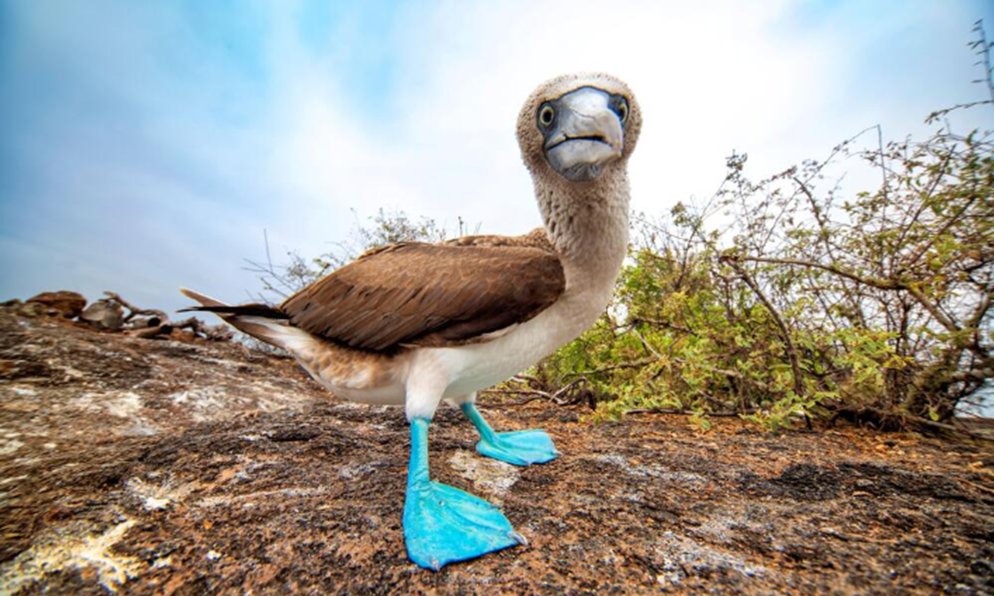
Options for shopping at the Wild Bird Store
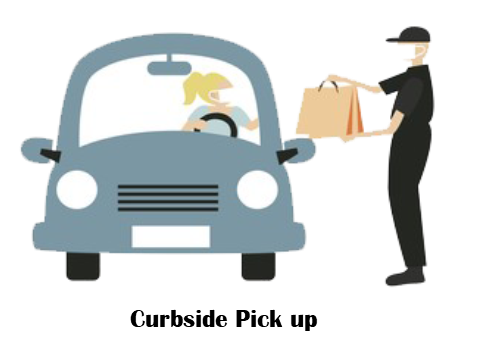
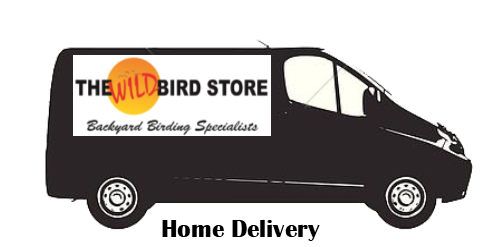
PLEASE NOTE: WE HAVE GONE TO EVERY TWO WEEK DELIVERY.
SEPTEMBER 12 and 26
THE DELIVERY CHARGE WILL BE $10. MINIMUM $25 ORDER FOR DELIVERY.
We deliver every other week on Thursdays.
Store hours are:
10:00am to 5:00pm Monday through Saturday
We offer a discount if you return your 20 LB or 40 LB seed bags so that we can re-use them (sorry—not the Mother Nature bags which we cannot re-use), suet ball containers, or if you bring your own container or bag to fill . This discount is in addition to any other discount offered.
Write a Google review on your experience at The Wild Bird Store, and as a thank you, we will give you 100 customer loyalty points ($5.00 value). To get a promo code, kindly email info@wildbirdstore.ca
(one Google review per customer)
Earn 200 customer loyalty points ($10.00 value) by referring a friend, acquaintance or fellow birder.
Please visit the store to get a promo code.
Combining our Seniors 10% discount with the Loyalty Program. (Excludes “sales” items, books & optics).
Discount for membership 10% discount for members of Fish Creek Park, AIWC, Priddis Golf Club, Nature Calgary, Sandy Cross Conservation, Springbank Garden Club and Millarville Horticultural Society. Must present valid membership card at time of purchase.
Discount for Military Members & Veterans 10% discount on
purchases in-store or on Mobile Seed Truck (sorry—excludes “sales”
items, books, optics and consignment items)
Does your Aspects or Squirrel Buster feeder need some replacement parts?
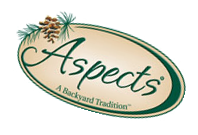
Did you know that we can repair/replace parts and make it look like brand new?

5901 3rd Street S.E.,
Calgary, AB T2H 1K3
email: info@wildbirdstore.ca
(403) 640 2632
The Store is open Monday through Saturday 10:00am to 5:00pm
The Wild Bird Store will be closed on Monday, September 2 celebrate Labour Day. We will also be closed Sept 5th in Memory of Mac Brown
We are CLOSED Sundays, and ALL Statutory holidays for Faith, Family and Friends.
We still offer curbside pickup every day we are open and delivery service on every other Thursday.
FOLLOW US ON:
Facebook @thewildbirdstoreyyc
Twitter @wildbirdstoreyyc
Go to YouTube, type in the search bar “The Wild Bird Store” to watch our videos and to help us become more visible . Be sure to click on “Subscribe” before you leave the page.
